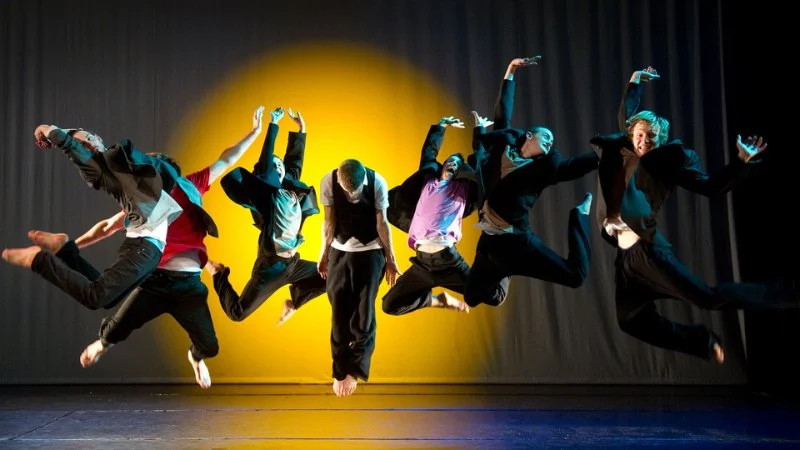
- 1-Introduction
- 2-Understanding Music Theory in Dance
- 3-Rhythm and Timing in Dance
- 4-Music and Movement
- 5-Practical Applications of Music Theory in Dance
1. Introduction
The relationship between music theory and dance is deeply intertwined. While music provides the foundation for many dance routines, music theory offers a framework for understanding rhythm, tempo, and structure. Dancers who understand these elements of music can enhance their performances, bringing a deeper level of musicality and expression to their movements. In this article, we will explore how music theory impacts dance and how dancers can use this knowledge to improve their craft.
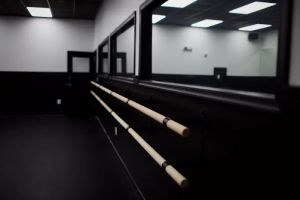
Class Act Performing Arts / class act studios
EdgewaterAnne Arundel CountyMaryland
161 Mitchells Chance Rd, Edgewater, MD 21037, USA
2. Understanding Music Theory in Dance
Music theory, at its core, is the study of the language and structure of music. It helps musicians and dancers alike understand how music is composed and how it affects emotions and movement. Key concepts such as melody, harmony, rhythm, and form are essential for dancers to understand in order to synchronize their movements with the music they are performing to. Knowing how these elements work together allows dancers to interpret music in a more expressive way, making their movements more fluid and connected to the rhythm.
For example, understanding the basic structure of a piece of music—whether it is in 4/4 time or 3/4 time—helps dancers feel the beat and anticipate the music’s changes. This level of awareness enables them to align their steps with the music, creating a more harmonious and synchronized performance.

Artistic Movement Academy of Dance / artistic movement academy of dance
Glen BurnieAnne Arundel CountyMaryland
890 Airport Park Rd Suite 120, Glen Burnie, MD 21061, USA
3. Rhythm and Timing in Dance
Rhythm and timing are the most direct connections between music theory and dance. Dancers must be able to feel the beat and keep time with the music, making them inherently attuned to the rhythm of the piece. Music theory teaches dancers how to identify different time signatures and tempos, which are essential for creating accurate, dynamic movements.
For example, when dancing to a waltz, which is usually in 3/4 time, dancers need to understand that the music has three beats per measure. This knowledge influences their movement patterns, such as the steps they take on each beat and how they pace their movements in sync with the music. A dancer who understands timing can also experiment with syncopation or improvisation to add complexity to their performance.
4. Music and Movement
Music and movement are inseparable in dance. Music theory provides a blueprint for understanding how different musical elements influence movement. The structure of a piece—such as its dynamics, tempo, and phrasing—dictates how dancers interpret the music in terms of energy, speed, and expression.
For example, a fast-paced piece with a driving beat might inspire sharp, energetic movements, while a slower, more lyrical piece may prompt fluid, graceful movements. Music theory also helps dancers understand how to express different emotions through their movements based on the mood of the music. The use of accents, rests, and phrasing in music can influence how dancers choose to emphasize certain movements or how they transition between different parts of the routine.
5. Practical Applications of Music Theory in Dance
While understanding music theory can be valuable for any dancer, its practical applications are especially evident in various dance forms like ballet, jazz, and contemporary dance. In ballet, for instance, dancers are trained to follow the music’s structure and rhythm precisely, performing movements that reflect the beats and phrasing of the music. This synchronization is fundamental to the art of ballet.
In other dance forms like hip hop or jazz, music theory can be used to add complexity to routines. Dancers can experiment with syncopation, using off-beat rhythms to create more dynamic and interesting choreography. By playing with musical phrasing and timing, dancers can enhance their performance, making it feel more spontaneous and alive.
Additionally, music theory can assist dancers when working with choreographers. Understanding the nuances of music allows dancers to anticipate musical cues, which makes rehearsals more efficient and allows for smoother transitions in choreography. Choreographers can also use their knowledge of music theory to create routines that highlight the structure and energy of the music, allowing the dancers to shine.
For those looking to improve their dance skills, knowing the relationship between music theory and dance can elevate a dancer’s technique and artistic expression. If you’re looking for a dance studio that emphasizes the connection between music and movement, check out Creative Edge Dance Studio for classes that integrate music theory into dance training.
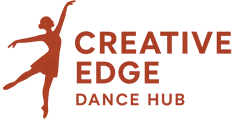
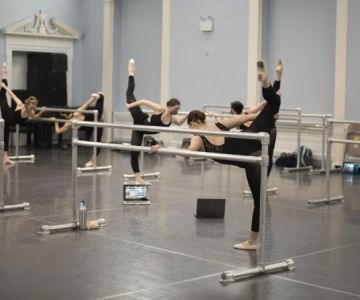
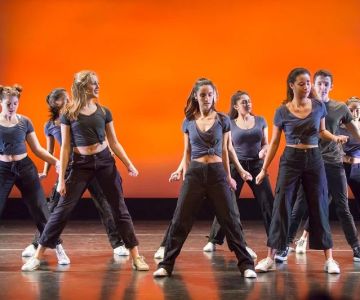
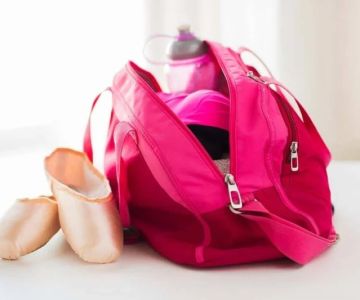
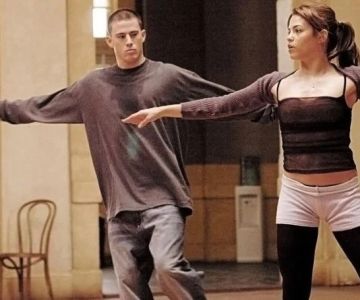
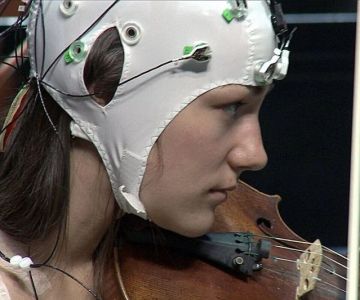
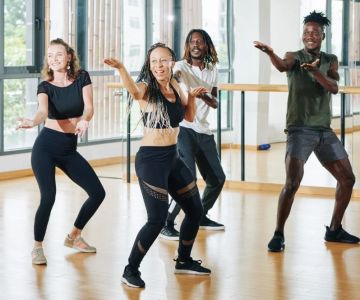
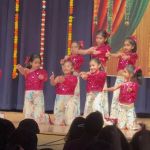 Twinkle's Dance Academy5.0 (161 reviews)
Twinkle's Dance Academy5.0 (161 reviews)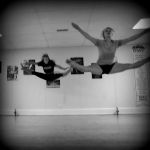 Wilmington Latin Dance4.0 (18 reviews)
Wilmington Latin Dance4.0 (18 reviews)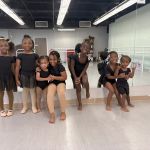 Blush by Jireh Dance Company0.0 (0 reviews)
Blush by Jireh Dance Company0.0 (0 reviews)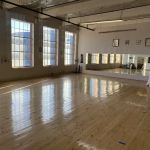 Okinawan Karate Dojo5.0 (2 reviews)
Okinawan Karate Dojo5.0 (2 reviews)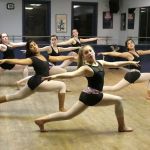 Center Stage Dance and Performing Arts Center5.0 (8 reviews)
Center Stage Dance and Performing Arts Center5.0 (8 reviews) Rhapsody Ballroom4.0 (23 reviews)
Rhapsody Ballroom4.0 (23 reviews)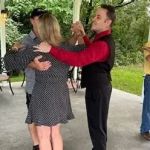 The Etiquette of Social Dancing After Taking Classes
The Etiquette of Social Dancing After Taking Classes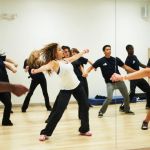 How to Overcome the Fear of Dancing in Front of Others: Practical Tips and Insights
How to Overcome the Fear of Dancing in Front of Others: Practical Tips and Insights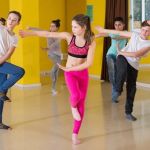 The Best Dance Styles for Improving Coordination and Balance
The Best Dance Styles for Improving Coordination and Balance How I Prepared My First Joint Performance With a Band — My Story
How I Prepared My First Joint Performance With a Band — My Story My Story of Teaching a Charity Dance Class in a Senior Home — What Happened
My Story of Teaching a Charity Dance Class in a Senior Home — What Happened How to Develop Your Own Unique Dance Style and Expression
How to Develop Your Own Unique Dance Style and Expression